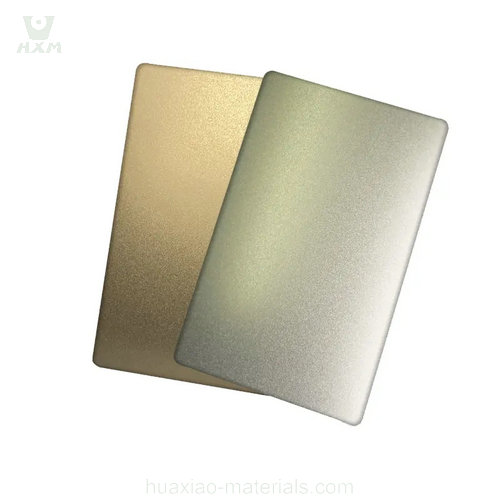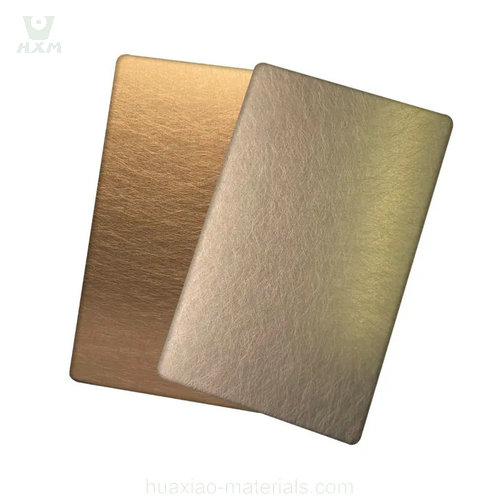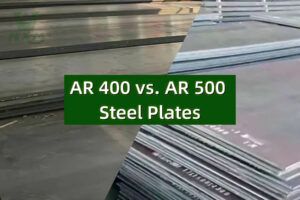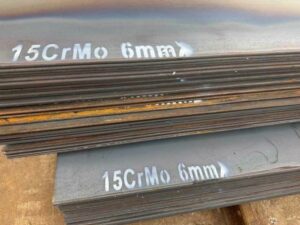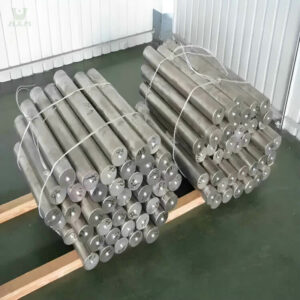Stainless steel PVD coatings offer several compelling advantages for architectural applications, making them a popular choice among designers, builders, and property owners. Here’s an in-depth look at these benefits:
Enhanced Aesthetics: PVD stainless steel allows architects and designers to achieve a wide range of colors and finishes. This versatility enables the creation of visually stunning architectural elements, façades, and interior designs.
Durability: In architectural settings, durability is paramount. PVD coatings significantly improve the longevity of stainless steel surfaces by enhancing their resistance to wear, corrosion, and environmental factors. This means that structures maintain their appearance and functionality for extended periods, reducing maintenance costs.
Corrosion Resistance: Stainless steel itself is corrosion-resistant, but PVD coatings add an extra layer of protection. This is especially beneficial in coastal or industrial areas where exposure to saltwater or harsh chemicals is common.
Scratch Resistance: PVD-coated stainless steel is highly resistant to scratches, making it suitable for high-traffic areas, such as commercial buildings, hotels, and public spaces. This resistance ensures that the architectural elements maintain their pristine appearance over time.
Environmental Friendliness: PVD coatings are environmentally friendly because they extend the lifespan of stainless steel components. This reduces the need for replacements, conserving resources and reducing waste.
Ease of Maintenance: PVD-coated stainless steel surfaces are easy to clean and maintain. They resist stains and smudges, which is essential for maintaining the aesthetic appeal of architectural elements.
Customization: Architects and designers can collaborate with manufacturers to create custom PVD-coated stainless steel solutions that match their specific design visions. This flexibility allows for unique and personalized architectural designs.
Versatility: PVD-coated stainless steel can be used for a wide range of architectural applications, including façades, cladding, handrails, signage, and interior finishes. Its versatility makes it a valuable material choice for various design styles and requirements.
Sustainability: PVD coatings are applied in a controlled, low-emission environment, reducing their environmental impact. Additionally, the extended lifespan of PVD-coated stainless steel reduces the need for maintenance and replacement, contributing to sustainable building practices.
Cost-Effective: While PVD-coated stainless steel may have a higher initial cost compared to traditional finishes, its long-term durability and reduced maintenance expenses make it a cost-effective choice for architectural projects.
In summary, stainless steel PVD coatings offer a winning combination of aesthetic appeal, durability, and sustainability, making them an excellent choice for architectural applications ranging from modern urban structures to historic restorations.
